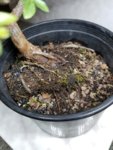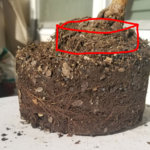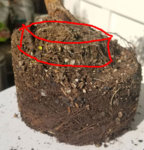Rodrigo
Shohin
I know that elms are very susceptible to fungus, especially black spot, so I've been trying to be proactive on this elm since I got it. I have been spraying it weekly with Daconil and Neem Oil and makeing sure not to water the foliage. I also try to remove the infected leaves as soon as I see them.
It's always had one or two yellow and black leaves on it at a time so I haven't been too worried but today I came home from work to find many more yellow leaves than usual. I'm worried that it's spreading now. The last time I sprayed it was this past Sunday. Is there anything else I can do/should be doing to control it better?



There are some leaves that aren't even yellow but they have black spots on them.

Thank you!
It's always had one or two yellow and black leaves on it at a time so I haven't been too worried but today I came home from work to find many more yellow leaves than usual. I'm worried that it's spreading now. The last time I sprayed it was this past Sunday. Is there anything else I can do/should be doing to control it better?



There are some leaves that aren't even yellow but they have black spots on them.

Thank you!








